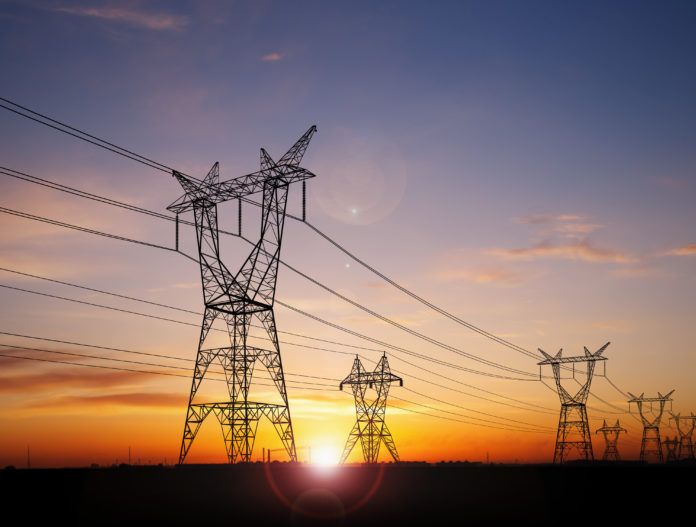Electric reliability has been a hot topic lately—from congressional hearings to regulatory agencies and at the regional transmission organizations that run the electric grid in much of the country, reports Louisiana Illuminator.
The American electric grid is undergoing a major change, prodded by state and federal decarbonization policies, market forces pushing cheaper and cleaner forms of electricity and aging power infrastructure.
That’s run up against electric transmission constraints, big delays in getting new wires built and massive backlogs in getting new, mostly renewable projects connected to the grid. Grid operators, in particular, are worried about the pace of the change, arguing that fossil plant retirements are accelerating too quickly to ensure there are enough new resources to replace them.
Into that tumult the U.S. Environmental Protection Agency earlier this year dropped a proposal to again attempt to regulate carbon from power plants, which are responsible for about one-quarter of all U.S. greenhouse gas emissions.
Since they were rolled out in May, the proposed rules have been a lightning rod for congressional Republicans and drawn fire from competitive electric generators as well as concern from federal and state energy regulators and grid operators that the regulations go too far, too fast.
But the EPA and clean energy proponents say the time frames are workable and crucial to cutting carbon emissions while allowing time for compliance and the flexibility needed to keep the lights on during the transition.
EPA’s draft rule creates different emissions targets for gas and coal plants depending on their planned retirement date and capacity factors, a measure of how much power a plant produces over time relative to how much it could have produced at full operation.
Read the full story from Louisiana Illuminator.



